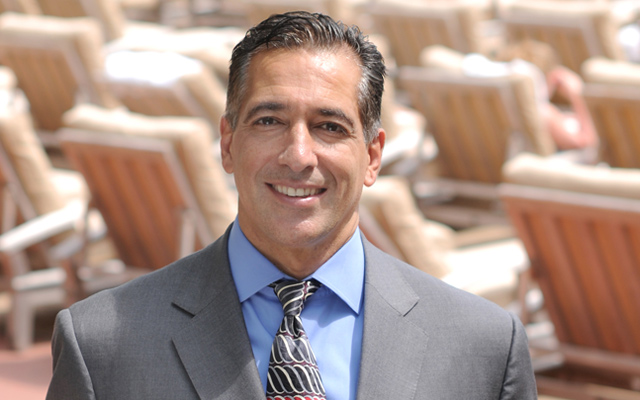My body has paid me back with good health, lots of energy and (given what I put it through on a regular basis) surprisingly few injuries.
They’ve been good years. At 43, I feel like I can do just about everything I could do at 23, and in some ways, I think I’m actually doing better. I’ve learned a lot about physiology and sports nutrition, and I’ve learned how to pursue a fitness program with better focus and efficiency.
I plan to keep on experimenting for another 30 years, but in the meantime, when I pare down my “anti-aging” program, it looks something like this:
- Eat the right amounts of the right kinds of foods. The “right” combination is different for everyone, of course, but for me, the best fuel involves getting about one-third of my calories from healthy carbs (including lots of fresh, raw fruits and vegetables), one-third from healthy fats (especially omega-3s), and about one-third from lean protein.
- Eat clean. I try to avoid processed, “dead” foods. I seek out organics and try to keep refined flours and sugars to a minimum. I also avoid preservatives, artificial additives and trans fats from hydrogenated oils.
- Eat sensibly. Low-carb, low-cal, low-fat – all that extreme dieting stuff tends to be counterproductive. Overeating, by the same token, puts a huge strain on your system and causes excess oxidation (meaning it ages you faster). So, when it comes to food, I go for moderation and eat for satisfaction.
- Supplement wisely. I think nature’s food is the best nutritional source, so I don’t experiment with a lot of supplements, but I do religiously take a well-balanced multivitamin, essential fatty acids, antioxidants and a joint formula.
- Get regular, balanced exercise. A good anti-aging regimen includes cardio, resistance training, proprioceptive training and flexibility work. Cardiowise, I spend about 80 percent of my time on aerobic work, and 20 percent of my time doing interval workouts in my anaerobic zone (80 to 95 percent of max heart rate). I get in at least 40 minutes a day, five days a week. I know that resistance training is essential to maintaining lean body mass and strength, so I lift weights two to three times a week, working to near muscle failure on each set. I do proprioceptive training, because balance is crucial to both sports performance and physical well-being. And I stretch after workouts and between sessions to maintain the flexibility of my muscles and ligaments.
- Keep a healthy perspective. For me, that means time in nature, focusing on gratitude, connecting to purpose, maintaining a spiritual life, having a positive attitude, not getting stuck in conflicts and grudges, etc. It also means making sure I get time to play (like a kid) at least a couple of times a week, and to connect with the people and places I love.
In some ways, I think the key to integrating the first five tips really lies in having that last part – one’s mental, emotional and spiritual health – in line. When you’re miserable and depleted, it’s pretty hard to focus on anything else, particularly the minutiae of a technical health and fitness program. Also, I believe the body responds, chemically and structurally, to the energy of our emotions. So when we’re not happy, it’s not happy. And who wants to spend decades in an unhappy body?
From a decade-by-decade fitness guide to a piece about mastering personal power, this issue of Experience Life focuses on maintaining total health – now and well into your golden years. My plan is to still be doing most everything I’m doing now when I get to be 63. How about you?



This Post Has 0 Comments